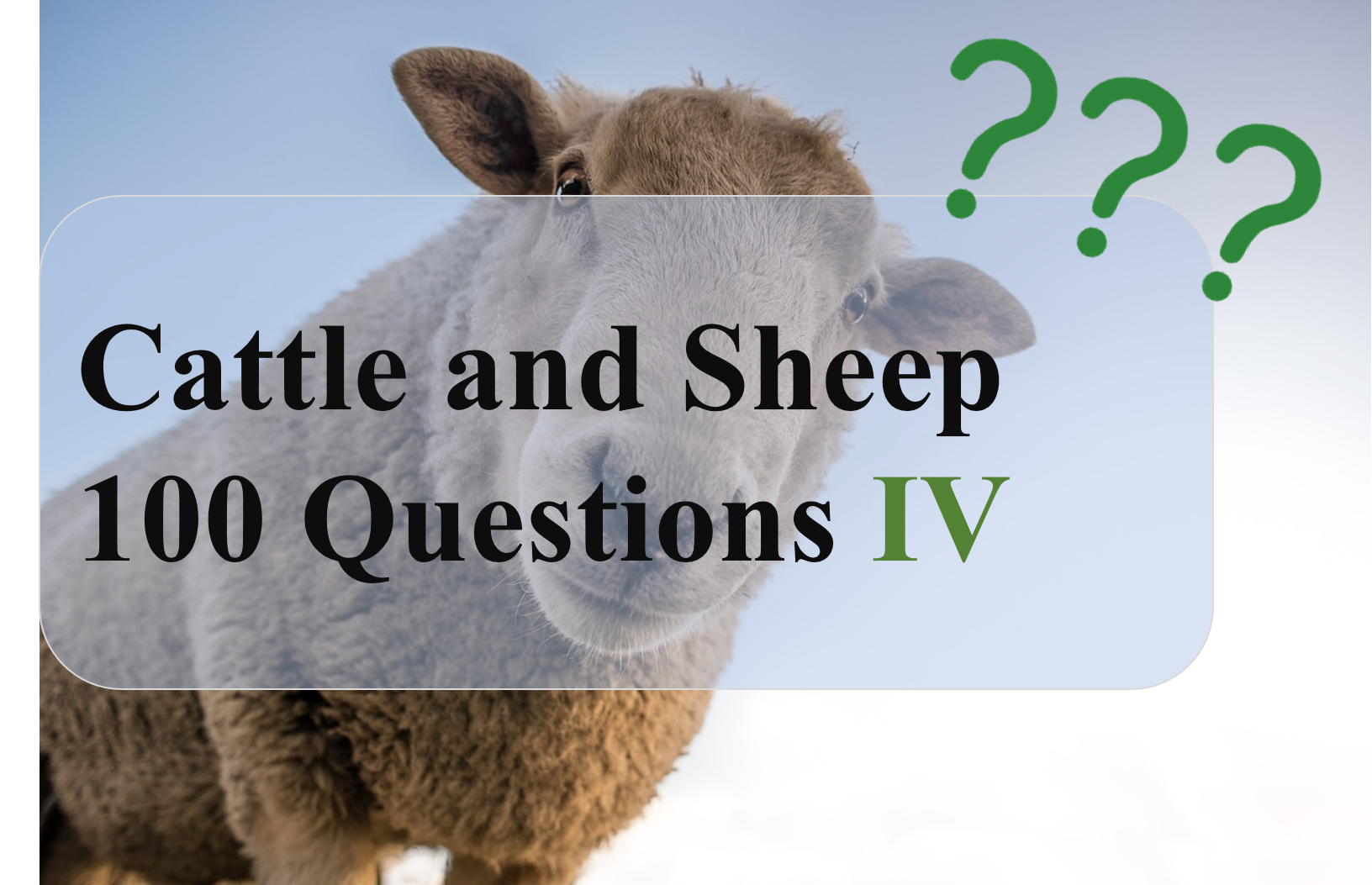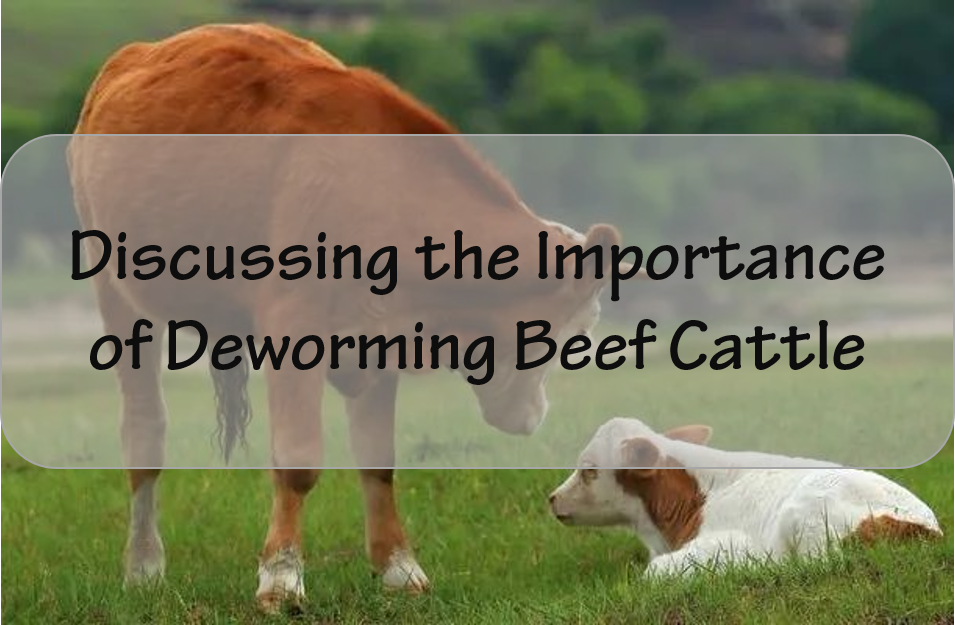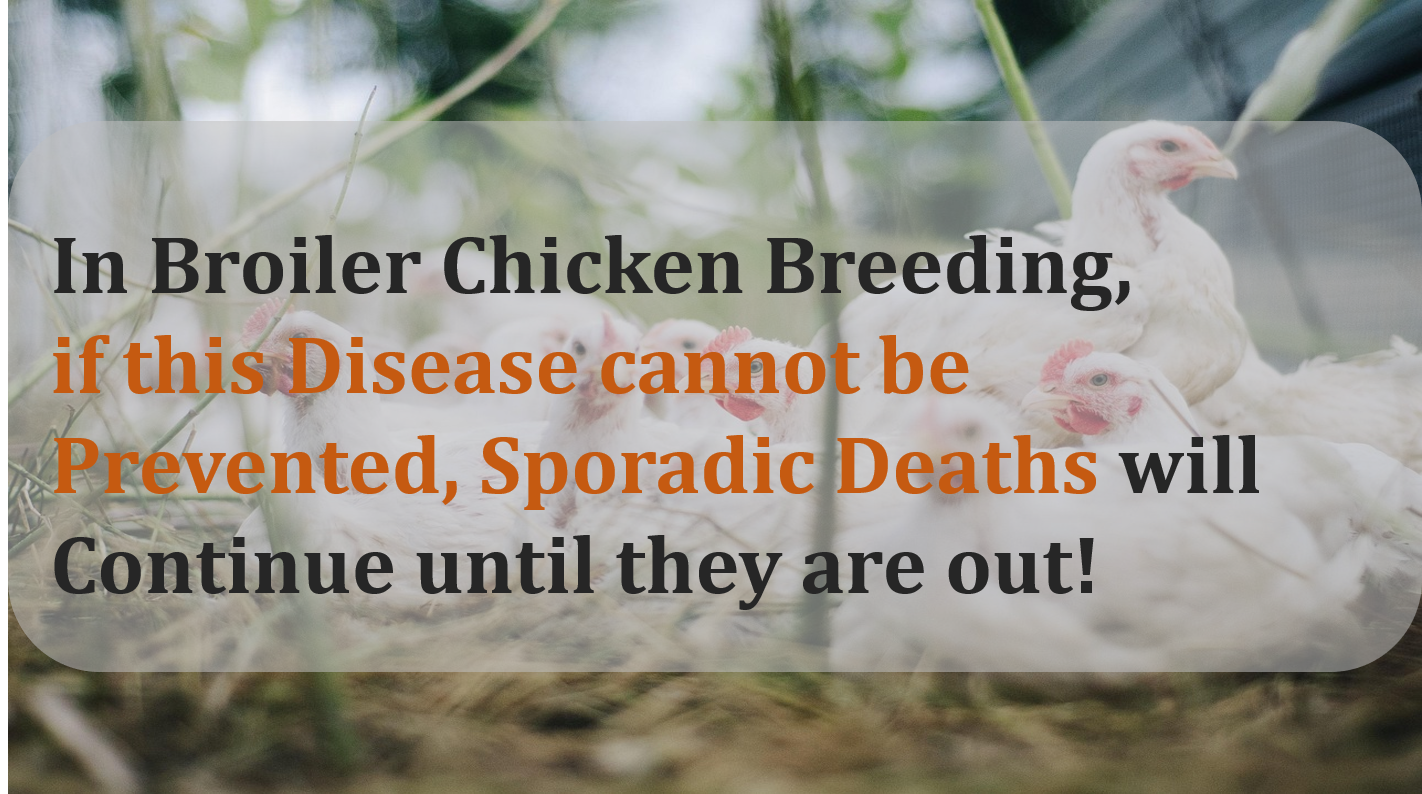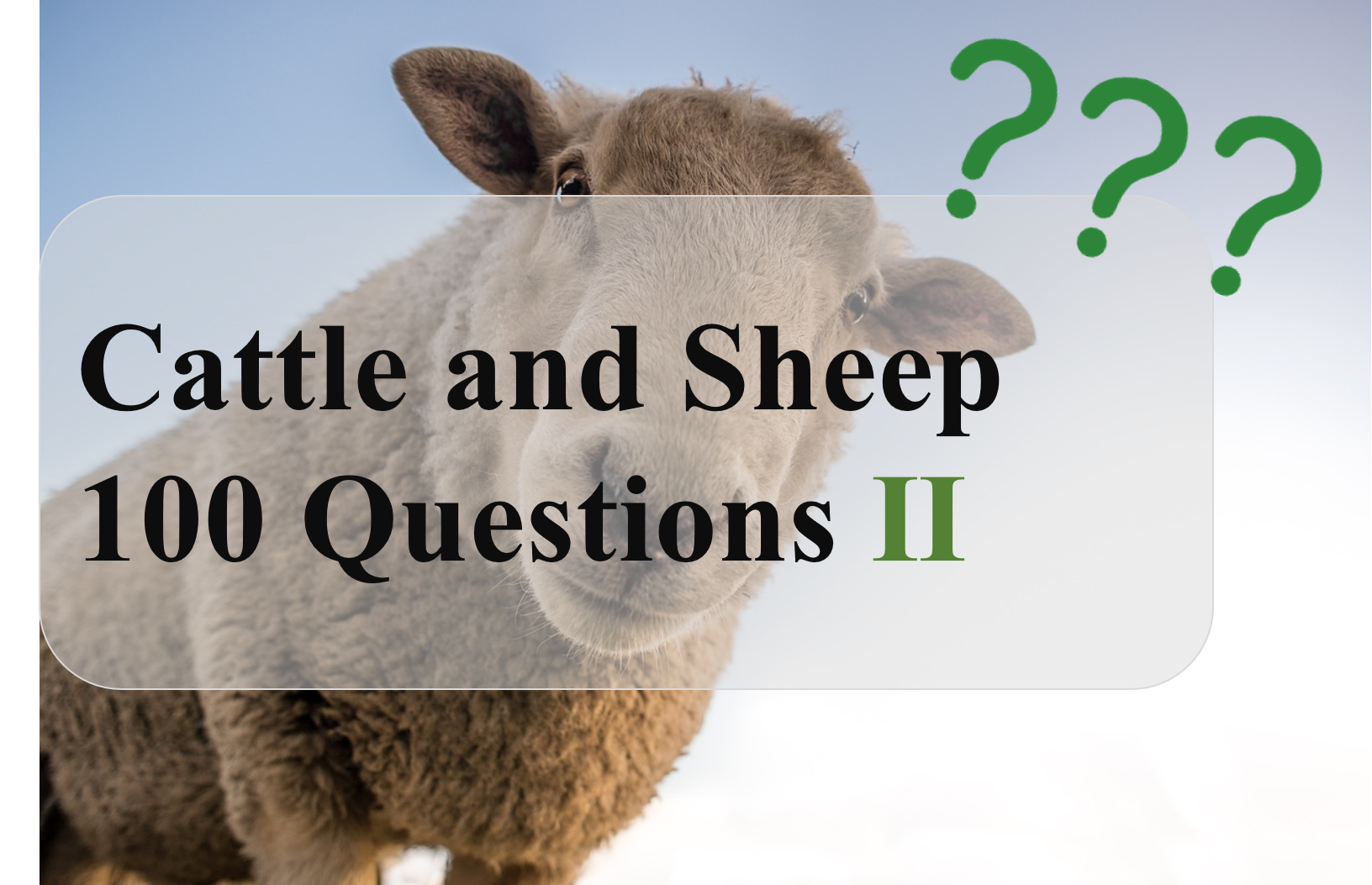Cattle and Sheep 100 Questions Ⅰ
01
How to estimate the feed intake of beef cattle at various stages?
Dry matter intake (DMI) refers to the weight of dry matter in feed consumed by cattle every day, which accounts for about 1.8%-2.5% of body weight. Feed dry matter refers to the weight of feed at zero water content, which can be determined by drying at 105℃ for 4 hours.
02
How to calculate dry matter intake of beef cattle?
The feed intake of beef cattle is affected by animal breed, sex, age, physiological state, health status, feed factors, environmental factors, feeding methods, management factors and so on, which is difficult to predict accurately. Generally, DMI accounts for 2.5% of the body weight of cattle of 100 - 250kgs, DMI accounts for 2.2% of the body weight of cattle of 250-400kgs, and DMI accounts for 2% of the body weight of cattle of more than 500kgs.
Different feed types have a great influence on dry matter intake (see table below). For example, a cow can only eat 600×1.5%=9 kg of wheat straw under free feeding conditions, so the cow can not meet the nutritional needs of the animal only by feeding straw in the late pregnancy and lactation period.
|
 Cattle and Sheep 100 Questions Ⅳ
Cattle and Sheep 100 Questions Ⅳ
 Discussing the Importance of Deworming Beef Cattle
Discussing the Importance of Deworming Beef Cattle
 In broiler chicken breeding, if this disease cannot be prevented, sporadic deaths will continue until they are out!
In broiler chicken breeding, if this disease cannot be prevented, sporadic deaths will continue until they are out!
 Cattle and Sheep 100 Questions Ⅱ
Cattle and Sheep 100 Questions Ⅱ